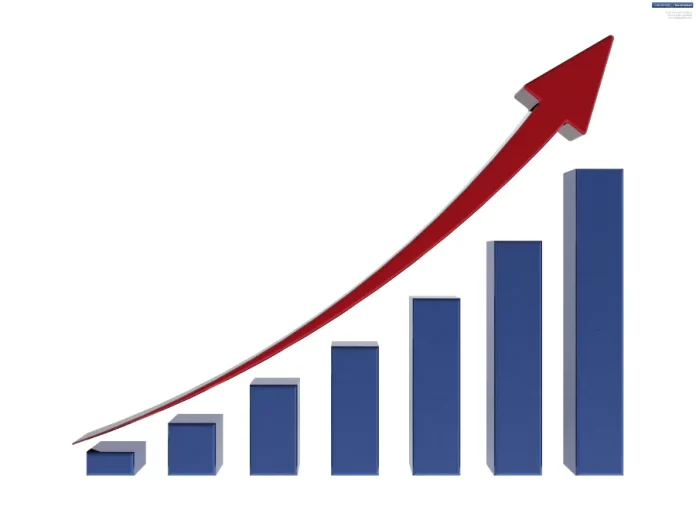Credit card debt keeps growing, and more people are having trouble making their payments. Here’s what the study found:
- Credit card debt went up by a big $48 billion in the third quarter, reaching a record high of $1.08 trillion.
- The increase in debt was the largest in over two decades, with a $154 billion rise compared to the previous year.
- More people are falling behind on their credit card payments, with the delinquency rate increasing from 3.69% to 5.78% in just one year.
This problem isn’t limited to one group; it affects people of all income levels and regions. However, millennials and those with auto or student loans are hit the hardest.
Why is this happening? Well, the end of the three-year federal student loan payment pause and higher credit card interest rates are causing problems for those with credit card debt.
Millennials, especially, are facing challenges. Their delinquency rates have gone up significantly, which is surprising considering the strong job market and overall economy. The reasons behind this increase are not entirely clear, but they could be due to changes in lending practices or people taking on too much debt.
Among the younger generation, 2% of credit card users moved from being on time with payments to being 30 or more days late in the third quarter. This is higher than in previous years.
The sharpest increase in delinquencies is seen in millennials, while other age groups like Gen Z, Gen X, and baby boomers have not seen such dramatic increases in credit card delinquency.
The study suggests that the overlap between millennials, auto loans, and student debt may contribute to their higher delinquency rates. Additionally, rising interest rates and the high cost of living are pushing people to rely more on credit cards, causing credit card balances to rise continuously.
Millennials, who often have lower homeownership rates, may be feeling the pressure of increasing rents and financial obligations more than older generations who have benefited from refinancing during the pandemic.
The study also highlights that lower-income households are hit hardest by credit card delinquencies. The South had the highest delinquency rates, but the issue is widespread across all regions.
People with combined credit card balances over $20,000 are more likely to fall into delinquency. However, the majority of credit card borrowers have balances under $5,000, and their delinquency rates remain similar to pre-pandemic levels.
One concerning trend is that those with both student and auto loans are at a higher risk of falling behind on credit card payments. This could be because they are already struggling to repay their loans.
For instance, during the federal student loan payment pause, 22.6% of borrowers expected to miss a student loan payment, with 39% of those earning under $60,000 anticipating payment problems.
As student loan payments resume, these difficulties may continue to mount. More research is needed to understand whether these challenges result from changes in lending practices, overextension, or economic distress caused by higher borrowing costs and price pressures.




